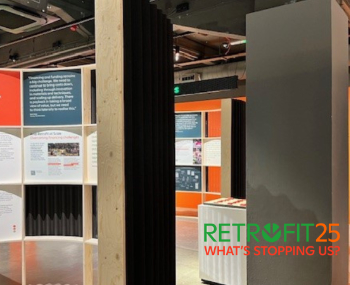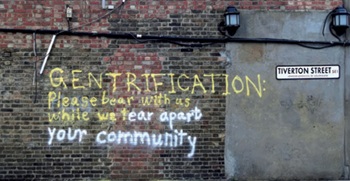Deadly construction sites
Contents |
[edit] Introduction
Modern technology has revolutionised many aspects of modern life, including the efficiency and safety of construction sites. However, it took a long time to reach our current level of health and safety.
Here we take a look at two of the most deadly construction sites in history.
[edit] The Panama Canal
Perhaps one of the best known construction projects of all time, the Panama Canal, was started by the French government in 1887 to connect the Atlantic Ocean to the Pacific Ocean and make maritime trade easier.
Ferdinand de Lessaps was charged with the task of planning and constructing the canal after his success with the Suez Canal. However, De Lesseps only visited the site a few times and the dense jungle and poor working conditions led to more than 200 deaths a month. Attempts to control the outbreak of disease were unsuccessful as it was not known that mosquitoes were carriers of malaria. An estimated 22,000 workers died during the initial building period.
Work was then transferred to a smaller task force to try and minimise the number of deaths.
The project was then taken over by the USA in 1904. The USA inherited a depleted workforce, damaged equipment and a mammoth task. The work continued and mosquito carried diseases were minimised by the end of construction thanks to the work of Dr. Carlos Finlay and Dr. Walter Reed. Improvements included mosquito nets, better hygiene and the elimination of stagnant water.
Despite this however, a further 5,600 workers died.
[edit] White Sea-Baltic Canal
The White Sea-Baltic Canal, or White Sea Canal as it is often known, is a ship canal in Russia constructed in the 1930s by Gulag prisoners. The Gulags were forced labour camps created during Lenin's time in power and reaching their peak under Stalin. Until 1961 it was known as The Stalin White Sea-Baltic Canal.
The canal is 141 miles long, running through several canalised rivers and Lake Vygozero. The canal was originally planned to improve trade and construction with the ability to move materials more efficiently. However, the water level is too shallow in many places to allow large boats to pass. Therefore, the canal still only carries light traffic of between ten and forty boats a day.
The Soviet Union constructed the canal as part of their infamous five-year plan. The canal was completed four months ahead of time in an attempt to show the efficiency and strength of the Soviet Union. The canal was the first construction project that used the Soviet Unions forced labour from Gulags. The camps and prisons supplied 100,000 convicts, suggesting that this would help them 'reforge' - a Soviet concept of rehabilitation.
In reality though, prisoners existed in brutal conditions. Teams were forced to live in cramped, uncomfortable surroundings and competed against each other with increasing working hours and rising intensity of labour.
12,000 workers died during construction with numerous more injured. 12,000 workers were freed at the end of construction as a reward for their forced labour and as further propaganda for the success of the Soviet Union.
[edit] Related articles on Designing Buildings Wiki
Featured articles and news
OpenUSD possibilities: Look before you leap
Being ready for the OpenUSD solutions set to transform architecture and design.
Global Asbestos Awareness Week 2025
Highlighting the continuing threat to trades persons.
Retrofit of Buildings, a CIOB Technical Publication
Now available in Arabic and Chinese aswell as English.
The context, schemes, standards, roles and relevance of the Building Safety Act.
Retrofit 25 – What's Stopping Us?
Exhibition Opens at The Building Centre.
Types of work to existing buildings
A simple circular economy wiki breakdown with further links.
A threat to the creativity that makes London special.
How can digital twins boost profitability within construction?
The smart construction dashboard, as-built data and site changes forming an accurate digital twin.
Unlocking surplus public defence land and more to speed up the delivery of housing.
The Planning and Infrastructure Bill
An outline of the bill with a mix of reactions on potential impacts from IHBC, CIEEM, CIC, ACE and EIC.
Farnborough College Unveils its Half-house for Sustainable Construction Training.
Spring Statement 2025 with reactions from industry
Confirming previously announced funding, and welfare changes amid adjusted growth forecast.
Scottish Government responds to Grenfell report
As fund for unsafe cladding assessments is launched.
CLC and BSR process map for HRB approvals
One of the initial outputs of their weekly BSR meetings.
Building Safety Levy technical consultation response
Details of the planned levy now due in 2026.
Great British Energy install solar on school and NHS sites
200 schools and 200 NHS sites to get solar systems, as first project of the newly formed government initiative.
600 million for 60,000 more skilled construction workers
Announced by Treasury ahead of the Spring Statement.























